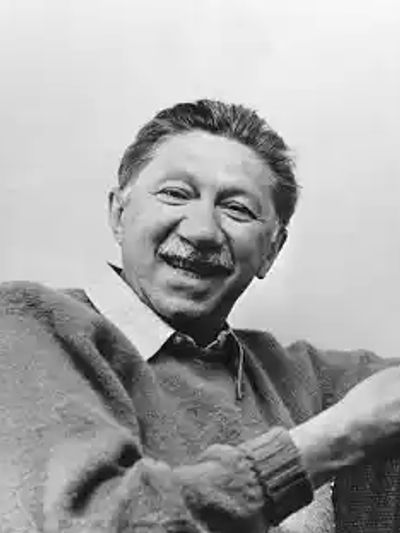New Hope for People With Mental Illness!
Abraham Maslow's Influence on the Hierarchy of Hope

Abraham Maslow's Hierarchy of Needs
Maslow developed a psychological theory that posits that people are motivated by a hierarchy of needs, beginning with basic physiological needs and progressing to higher-level psychological needs. Maslow believed that lower-level needs must be relatively satisfied before individuals can focus on higher-level needs. The theory suggests that our behavior is driven by a desire to fulfill these needs. By meeting these needs, individuals can achieve psychological well-being and personal fulfillment. Maslow's work is considered a foundational concept in the field of positive psychology.
The Five Basic Needs
Maslow’s Five Basic Needs
Maslow suggested that the most fundamental needs are at the base of the pyramid, and the most advanced needs are at the top. The Five Levels of Needs:
1. Physiological Needs: These are the most basic needs for survival, including food, water, shelter, and sleep.
2. Safety Needs: Once physiological needs are met, individuals strive for safety and security, including personal, financial, health, and property security.
3. Love and Belonging Needs: This level involves the need for social connection, affection, and a sense of belonging to a group or community.
4. Esteem Needs: Individuals seek self-respect, confidence, achievement, and recognition from others.
5. Self-Actualization Needs: At the top of the hierarchy, this level involves the desire to reach one's full potential, pursue creativity, and experience meaning.
Maslow Adds Another Category
However, Maslow later amended his hierarchy to include an even higher realm that people can reach called Self-Transcendence. Maslow was considered a humanistic therapist, but when he proposed a new level to his hierarchy focused on transcendence, he suggested searching for many elements espoused by positive psychologists. He referred to this as the actual peak of the pyramid. Maslow indicated that Transcendence referred to the highest and most inclusive or holistic levels of human consciousness, where people behave and relate to themselves, significant others, human beings in general, other species, nature, and the cosmos as ends rather than means. This is where people experience plateaus as they create something for the world.
Self-transcended people engage in transcendent goals to help others. This could mean utilizing their self-actualized talents to enhance the lives of others, create new value, or produce goods for people worldwide. This brings happiness, growth, and beauty to someone or a group of people worldwide.
Harness Plateau Experiences
For Maslow, a plateau experience is a sustained state of exquisite hope, serene joy, and startling peacefulness. This type of experience requires growth (mental, emotional, physical, social, psychological, or spiritual). Maslow described these plateau experiences as a higher state of consciousness that can be cultivated through conscious focus and effort. Unlike the fleeting nature of peak experiences associated with self-actualization, plateau experiences are gentler and more long-lasting, representing a constant state of illumination, growth, or awakening.
"Human needs arrange themselves in hierarchies of pre-potency. That is to say, the appearance of one need usually rests on the prior satisfaction of another, more pre-potent need"
Abraham Maslow

This website uses cookies.
We use cookies to analyze website traffic and optimize your website experience. By accepting our use of cookies, your data will be aggregated with all other user data.